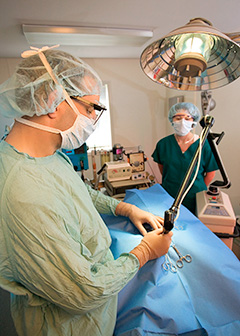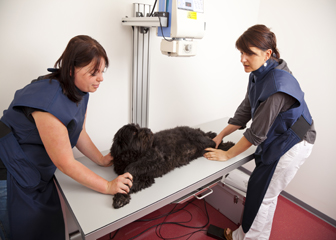Summary

| Quick Facts: Veterinary Assistants and Laboratory Animal Caretakers | |
|---|---|
|
$22,040 per year
$10.60 per hour |
|
| High school diploma or equivalent | |
| None | |
| Short-term on-the-job training | |
| 73,200 | |
| 14% (About as fast as average) | |
| 10,400 | |
What Veterinary Assistants and Laboratory Animal Caretakers Do
Veterinary assistants and laboratory animal caretakers look after nonfarm animals in laboratories, animal hospitals, and clinics. They care for the well-being of animals by doing routine tasks under the supervision of veterinarians, scientists, or veterinary technologists or technicians.
Work Environment
Veterinary assistants and laboratory animal caretakers work mainly in clinics, animal hospitals, and research laboratories. Their work may be physically or emotionally demanding.
How to Become a Veterinary Assistant or Laboratory Animal Caretaker
There is no postsecondary education requirement for becoming a veterinary assistant or laboratory animal caretaker. However, most workers entering the occupation have a high school diploma or its equivalent.
Pay
The median annual wage of veterinary assistants and laboratory animal caretakers was $22,040 in May 2010.
Job Outlook
Employment of veterinary assistants and laboratory animal caretakers is expected to grow 14 percent from 2010 to 2020, as fast as the average for all occupations. Job opportunities are expected to be excellent.
Similar Occupations
Compare the job duties, education, job growth, and pay of veterinary assistants and laboratory animal caretakers with similar occupations.
O*NET
O*NET provides comprehensive information on key characteristics of workers and occupations.
Contacts for More Information
Learn more about veterinary assistants and laboratory animal caretakers by contacting these additional resources.









